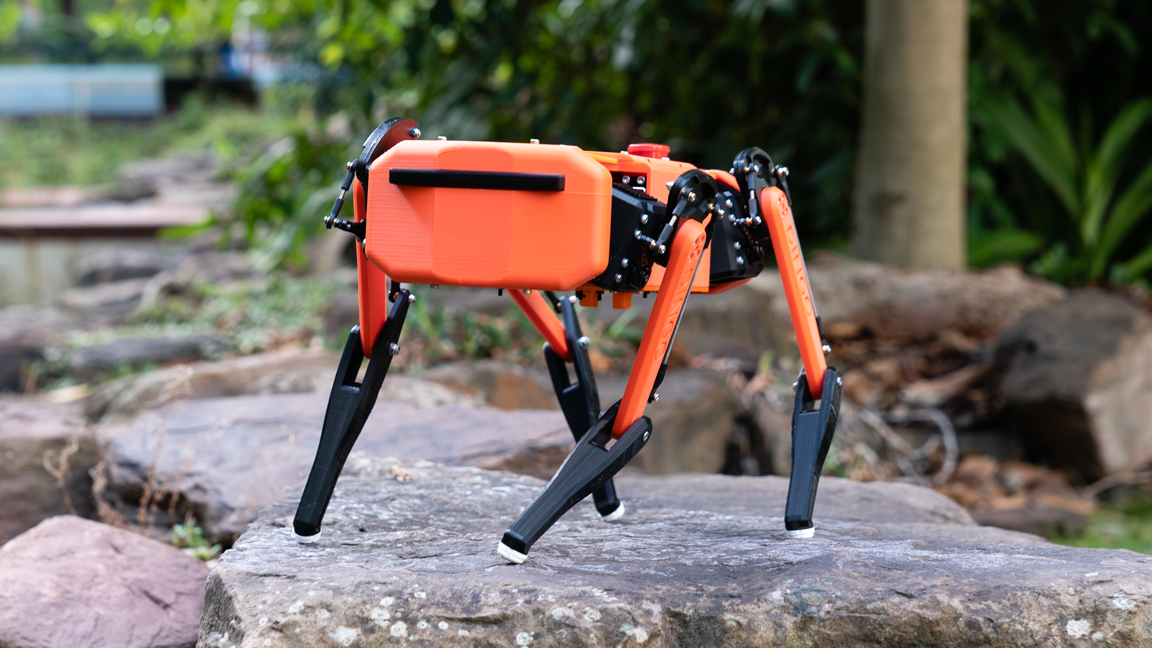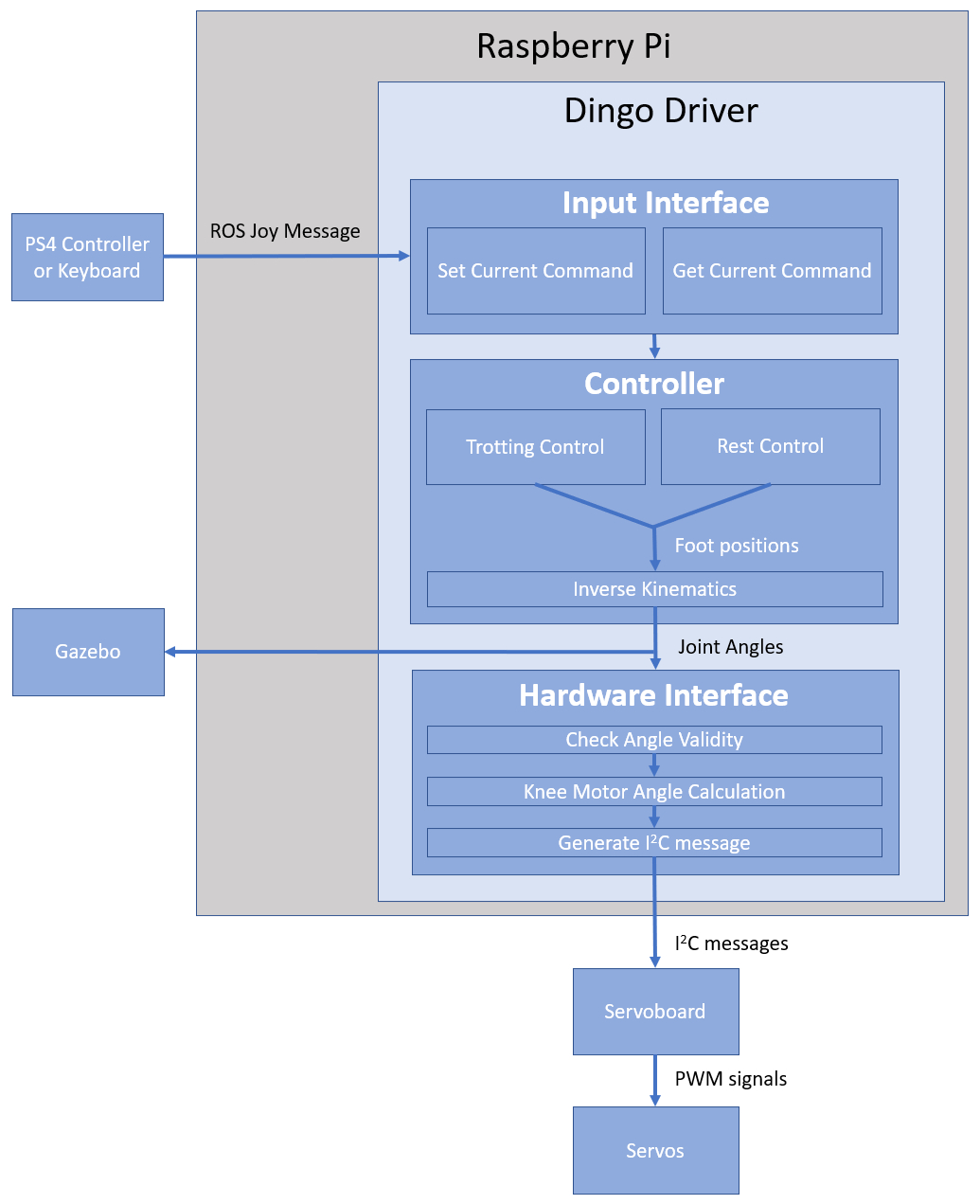
When it comes to creating a project for school, we’re super biased when we say that a Raspberry Pi project is probably your best bet. Engineering students Alexander Calvert and Nathan Ferguson of Monash Engineering have created an impressive quadruped robot called the Dingo that relies on our favorite SBC, the Raspberry Pi. According to the students, the intention was to create a low-cost solution that would be ideal for research and modifiable with additional components.
The robot is capable of locomotion with varying degrees of control. You can operate its pitch, roll, and yaw and adjust for speed. It can crouch and even carry a little bit of weight to transport things. It’s remote-controllable, as well. In this case, the duo is using a Play Station 4 controller. The team also explains that this project is a fork of Stanford’s Quadruped project which can be found over at GitHub.


Although the team was aiming for a low-cost robot, it still comes with a hefty price that might put off some hobbyists. They provided a full list of parts that totals over $1,300 USD. However, you can replace some of the components with cheaper alternatives but the performance quality will likely drop in some areas. The body is 3D-printable and totally open source for anyone who wants to print their own or modify its design. You can find the files over at Grab CAD.
The main board used to control the Dingo is a Raspberry Pi 4 B. It’s assisted by an Arduino Nano and a huge list of hardware which includes 12 servos priced at $44.49 a piece (that adds up to over $530 USD worth of servos alone). You can peruse the complete parts list on the project’s GitHub page.
The main operating system used in the build is Ubuntu. You’ll need a few extra tools to bring it together including VSCode and ROS Noetic. There are also some custom Python scripts to handle things like controller input. Check out the official Dingo Quadruped GitHub to get a closer look at the software side of its design.
If you want to see this Raspberry Pi project in action, check out the demo video uploaded by the students to YouTube and give them some support for their hard work this semester. You might want to keep an eye out for these two for more future creations.







